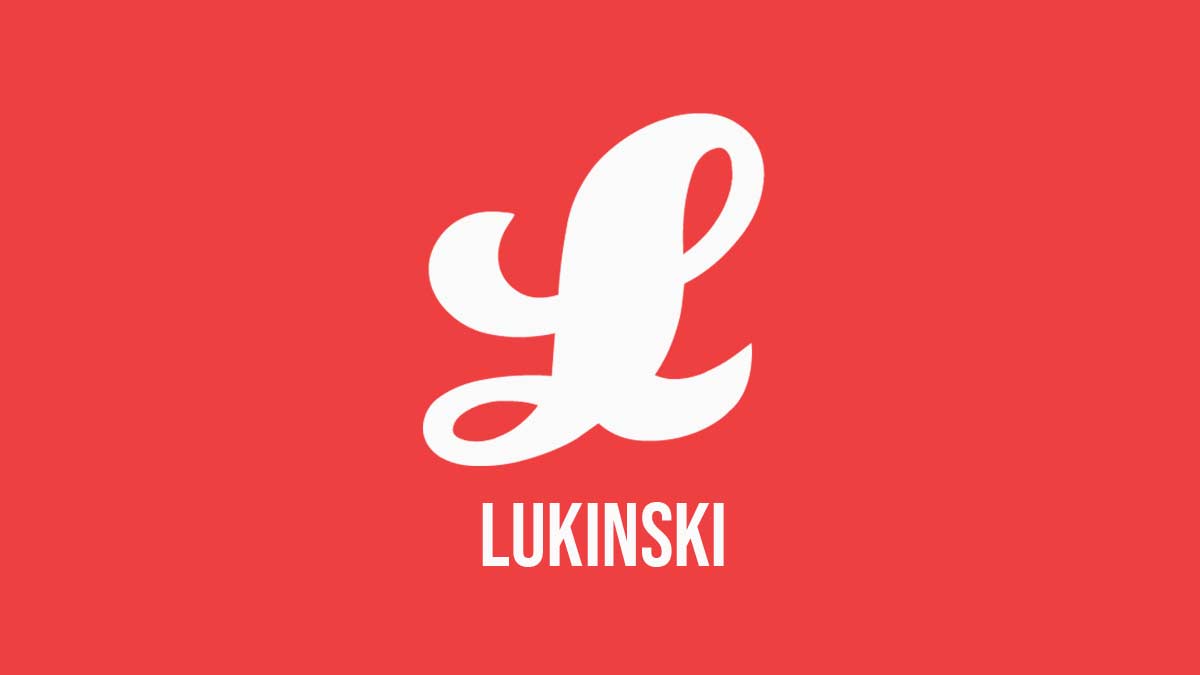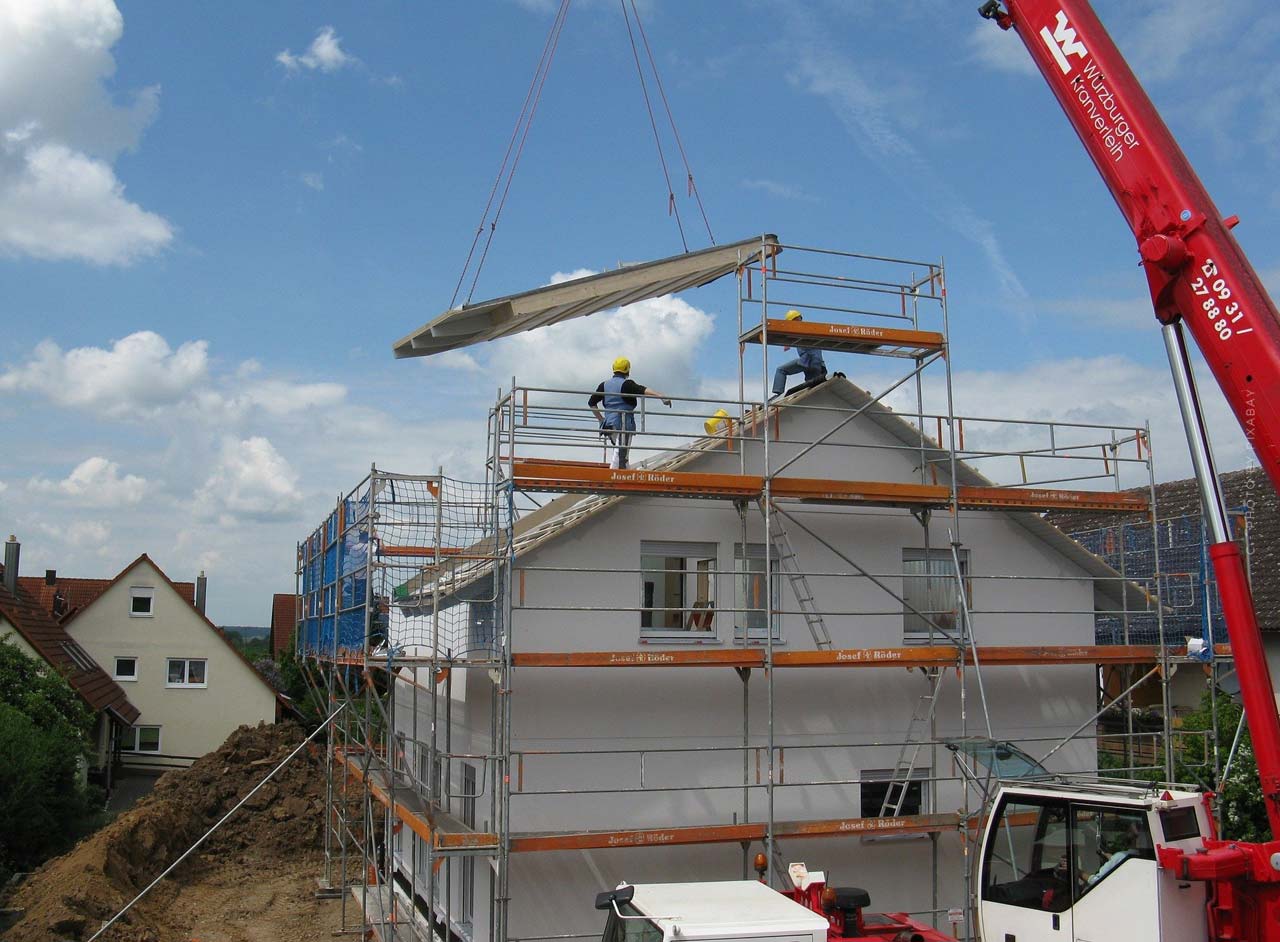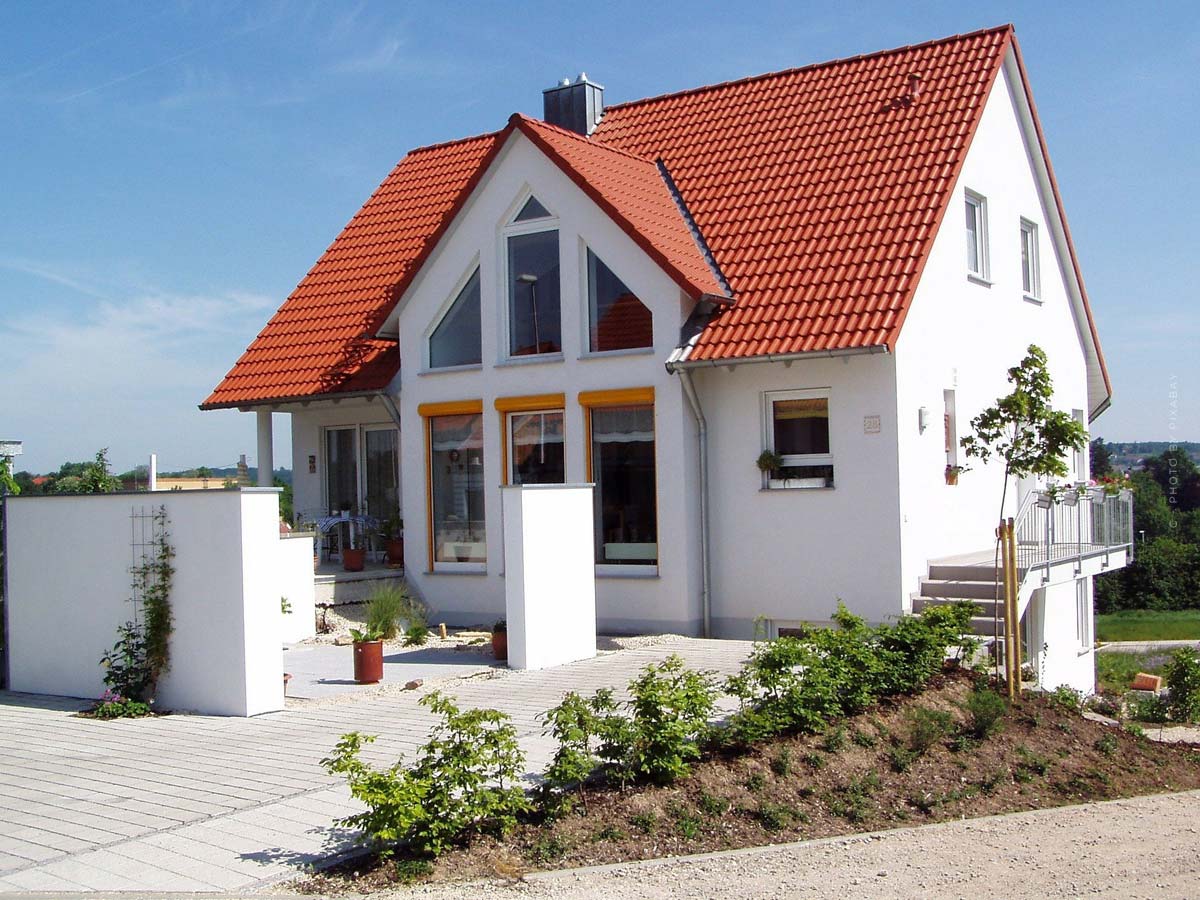Zero-energy house and passive house: self-sufficient living, conditions, financing, building or buying
Zero Energy House and Passive House – Buying a house involves many factors and options. Choosing the right property is a difficult decision. We present you here individual house types comprehensively. Besides the low-energy house, these are types of sustainable housing that are very close to each other. Nevertheless, there are differences. And above all, there are many additional things you should know before buying, building or living in a house. From prices to specifics in construction to the orientation of your home, there’s a lot to consider. We will guide you through the jungle of energy efficient living. Click here to go back to the overview of common house types.
Zero-energy house and passive house: definition and special features
Construction and architectural trends are moving more and more into the realm of sustainable living, as not only the environment demands it, but also legislators and consumers. Accordingly, the number of energy-efficient houses among new buildings has more than quadrupled in the area of office buildings, commercial spaces, hotels and also private households.
The zero-energy house and the passive house can be considered as a kind of master class of living. These house forms have the claim to have an energy balance of 0. This means that the already extremely reduced energy consumption is additionally covered by the house’s internal installations for generating renewable energies.
You want to buy or build a house, but don’t know which one is right for you? Then take a look at our guide to house types from A – Z! Here you will find all house types such as prefabricated houses, farms or villas!
Special features in construction: ventilation, windows & energy recovery
The energetic requirements of course need certain constructional measures, which go far beyond the installation of a solar system. In addition to photovoltaics or solar thermal energy for energy recovery, conditions are created that keep the general energy consumption as low as possible and allow methods of renewable energy to be sufficient to meet the needs of the residents for electricity and heating.
The most important factor in this calculation is the use of renewable energy, as a 2019 study found. Still, structural factors play a role in gaining efficiency. Measures that optimize a home for energy are things like:
- Ventilation system
- Large, well insulated windows
- Optimal insulation, especially in the roof area
- Solar energy
Concept passive house: consumption, planning and properties
The concept of the passive house in particular can be traced back to two names: Bo Adamson and Wolfgang Feist. The two were inspired by the attempts of American building managers in the 1970s to build the most energy-efficient houses possible in order to overcome the country’s own oil shortage and to be less dependent on imported raw materials.
To achieve this, they oriented houses more towards the sun, installed large, thick windows, and did everything they could to keep the heat inside. Feist and Adamson took up this idea with their idea of passive houses. In 1990, the first Passive Houses based on the new concept were built in Darmstadt. The Passive House Institute is still located there today, which tries to regulate the term and the concept.
So passive houses in particular are subject to strict standards that they must meet in order to be considered as such. These standards distinguish the passive house from other energy-efficient forms of housing:
- Heating and cooling energy consumption: < 15 kWh/m2
- Primary energy consumption: < 60 kWh/m2
- Air loss: 0.6x the house volume per hour
Tip! Find even more tips on the subject of house building: prices, costs, taxes & Co.
Advantages & disadvantages of zero energy & passive houses: Photovoltaics, mold and more
Alignment ventilation and more are carefully calculated in the name of energy sustainability, and space must also be limited to optimise the home. Find out what’s in store for you if you choose a ‘house without energy consumption’ here.
Advantages: low cost and plenty of daylight
Of course, the sustainable forms of construction continue to pay attention to quality. In addition, they inherently bring advantages that make living in the houses more pleasant. The windows, which aim to let solar heat into the house, help flood the living spaces with light at the same time. So here’s what you can expect:
- Plenty of daylight
- Low ancillary costs
- Optimal use of solar radiation
- Compact living space
Disadvantages: risk of mold?!
As good as the houses sound, they unfortunately also bring with them restrictions that new residents still have to get used to. After all, living in a zero-energy or passive house is somewhat different from living in an ordinary home. For example, those who like to open the windows regularly to let in fresh air will be disappointed by low-energy houses. However, most of the disadvantages arise when the maintenance of the house’s facilities is neglected:
- Permanently closed windows
- Ventilation system with maintenance requirement
- In case of faulty ventilation system: risk of mold
Energy rules: Standard values and efficiency houses
Rule, rules, rules: That’s all you often get when you’re building a house. Sometimes there’s a regulation here, or that can’t be done because the one law there doesn’t allow it. Sometimes rules are there to be broken. However, this attitude better not be at the forefront of a building project, because it can cost you your building license real quick. Therefore, we have summarized the most important rules and guidelines for you.
Energy efficiency classes: Zero energy house vs. passive house
In order to get a rough overview of energy-efficient living, it is helpful to be familiar with the energy efficiency classes, which are particularly relevant in Germany. Because here every house must have an energy certificate on which the energy consumption of the house is recorded.
So, should you find yourself apartment or house hunting and stumbled across this article by chance, this ranking can help you find a home with low utility costs.
Zero-energy and passive houses are both classified as A and A+ respectively. This means they have a consumption of < 30 kWh/qma per year, logical since the target is 0 kWh/qma. An annual energy consumption of < 100 kWh/sqma is now typical. Here is a rough overview of the classifications:
- A+: < 30 kWh/(m²a) // < 2 €/(m²a)
- A: < 50 kWh/(m²a) // 2 €/(m²a)
- B: < 75 kWh/(m²a) // 3 €/(m²a)
- C: < 100 kWh/(m²a) // 4 €/(m²a)
- D: < 130 kWh/(m²a) // 6 €/(m²a)
- E: < 160 kWh/(m²a) // 7 €/(m²a)
- F: < 200 kWh/(m²a) // 9 €/(m²a)
- G: < 250 kWh/(m²a) // 11 €/(m²a)
- H: > 250 kWh/(m²a) // > 13 €/(m²a)
Land: selection and characteristics of the right plot
Before you can even think about building a house, you have to choose the right plot of land. Since a zero-energy or passive house can of course take on many different forms, it is difficult to make general statements about the perfect plot of land. However, it is necessary in any case that the property is not closed off by too high trees, which limit the performance of the solar energy system.
Zero energy houses are offered both as solid houses and as prefabricated houses. Whether requirements, due to the construction of the land must be met, you can read in the article on the purchase of land, which is also linked again at the end of this article.
Checklist: Choice of the plot
In order to find the perfect property, there are a number of factors to consider. Here you will find the most important key points summarized in a compact checklist for you:
- Connections (existing connections save costs)
- Base material
- Alignment
- Conversion
- Size
- Proximity to water bodies (risk of flooding?)
Checking the purchase contract: 5 pitfalls and how to avoid them
Sometimes you are lucky and the perfect zero-energy or passive house for your personal needs has already been built. In this case, it is only a matter of buying the house. But even here, some obstacles can be put in the way. Especially in the form of clauses in the purchase contract, but even before it goes to the drafting of the contract, there is the possibility of circumstances of the house and the property to find out.
At the city you can request the excerpt of the property for a fee to check whether the sellers are the actual owners and to check other data about the property, for example the name of the property.
Traps you should avoid
The joy of the supposedly perfect property can quickly cloud your eyes. However, before you sign the contract to buy, it is important to consider certain things so that you only buy what you definitely want:
- Property designation: Does it match the land register?
- Handover date: Move-in possible directly after payment?
- Warranty: Seller should pay for concealed defects for up to 5 years
- Purchase only after acquisition position has been secured
- Full final declaration
Incidental building costs: Hidden costs when building a house?
What you should also be aware of when building a property is the price of the ancillary costs incurred, which comprises approximately 15% of the construction costs. This should also be kept in mind when financing the house, otherwise these additional items quickly become traps that stand in the way of your new living happiness.
Especially if you want to build a property as an investment, you should include these costs in your profit on the property. The real costs are extremely different from the value of the property itself.
Acquisition: taxes, notary and estate agent
Even the finding and the purchase itself are associated with certain salaries and commissions. However, some of these are clear from the outset. For example, you are in any case already aware of brokerage costs before the purchase of your new home, because this should have been clarified from the outset. Additional costs and taxes are also involved:
- Land transfer tax: 3.5 – 6.5 % of the purchase price
- Notary: approx. 1.5 % of the purchase price
- Broker: approx. 3 – 8 % of the purchase price + VAT.
Land: surveyor, development and connections
The preparation of the land also costs money. Some of these costs are covered by the construction service provider, but most of the time you have to pay for them. These items are particularly important, because without connections, for example, a plot of land is completely unsuitable for building a house:
- Surveyor: 400 – 500 €
- Development: 9.000 – 14.000 €
- Connections water: 2.000 – 5.000 €
- Connections electricity: 2.000 – 3.000 €
- Connections Internet: 500 – 900 €
House construction: insurance and landfill costs
Also not to be underestimated are the costs associated with a new house and the construction of the same. Of course, we know that the construction of the building itself brings varying costs. By the way, zero-energy and passive houses cost on average between 5 and 15% more than a traditional house. But you must not forget that you also have to finance these things.
- Building insurance without elementary protection: 200 – 800 € p.a.
- Excavated earth depending on the size of the plot and provider: approx. 850 €
Tips: Buying land and financing your property
Of course, we’ve already touched on the basics of buying land and certain means of financing in this article, but there’s just so much information on this that we’ve dedicated a separate article directly to the topics.
Buying land: Tips, selection and criteria
You know you want a sustainable home and you want to have a say in how it’s built? You’ll need the right plot of land, but there’s so much more to consider than just size. We’ve already told you a few things in the previous article, but here you’ll find everything you need to know about choosing a building site on the plot, regulations and restrictions:
Financing a property: loans, interest rates and comparison
Here, we’ve focused primarily on the specific nature of development loans as they relate specifically to sustainable housing. But this is not the only financing option for real estate. We have summarised the most important information about loans, building society contracts and more in a clear and more detailed way.







